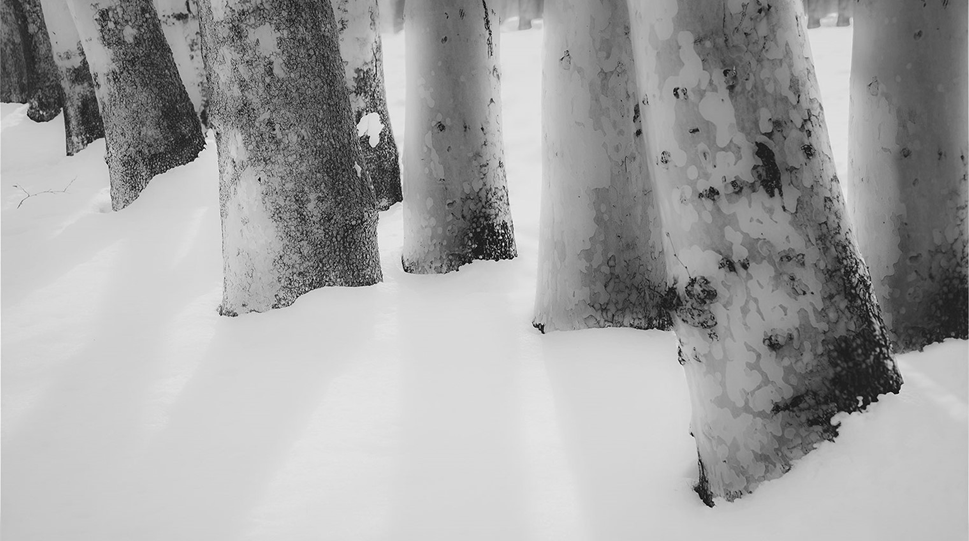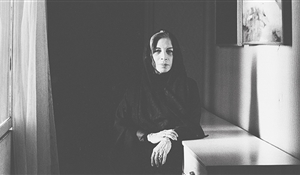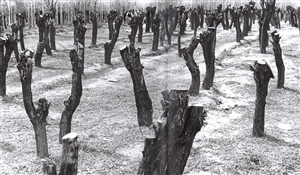The Iranian Garden Show at TMoCA
05 May 2022The Iranian Garden Show at Tehran Museum of Contemporary Art
In Spite of the Normal Appearance (Part One)
By Dr. Jahangir Kazerouni | Shargh Newspaper |Thursday, October 15, 2004
The present show with the theme of Iranian gardens is the latest of several conceptual art exhibitions that have been held in Iran in recent years. Exhibitions of this kind are important as they challenge different artists and showcase the scope of our visual arts. Another advantage of such shows is the participation of artists from various fields: painting, sculpture, architecture, music, photography, cinema, theatre, and poetry. Many well-known figures of today's Iranian art like Kiarostami, Mehrjui, Neshat, and Tanavoli were the participants of the current exhibition. Unfortunately, in general, we came across middle-range and even low-range works alongside just a few acceptable ones as follows:
Farideh Lashai: Lashai's work looks like an indirect and fanciful encounter with the Iranian garden; a work full of imagination and extensive interpretation: four transparent and clogged cylinders – with hundreds of transparent sheets, each sheet/leaf containing stains, strokes, colors, and writing – a poem by Hafez about cypress, garden, and the passage of life. Each of these sheets/leaves with a small text/a micro-narrative forms a grand and suspended narrative in a sequence. The cylinders are visible from the outside, yet inaccessible – it's like a dream surrounding you and you're the only observer. Each sheet/leaf is in an eternal serenity and silence, but the hanging position creates an unstable situation in contrast to its static status. Four cylinders with different colors and diameters can represent four seasons, four life periods, four directions, and so on. You can move around these four cylinders, look, move around, and get confused. These four cylinders are located in a dim, illusory, and shadowy space as if we were caught in an eternal sunset — staring at the passage of life and between reality and fantasy. Farideh Lashai's work with accurate and professional performance is one of the brightest works that imply the eternal memory of the Iranian garden, as it is imprinted in my Iranian mind and in layers of conscious and unconscious memory.
Behrooz Daresh: Another brilliant work at the exhibition is one of three Daresh's works. The third work is a small combination of different shapes put together by thin strings in different rows and hung in a white and luminous cube. This work is a combination of sculpture, space, and music which looks like the musical embodiment of a dream at the border of imagination, rather than a picture of the Persian garden. Therefore, in addition to the garden or the imagination of the Iranian garden, it can be viewed like the imagination of any other mental image.
In Daresh's work, suspension is a form of capturing and embodying the mind so it can be considered as it is — an image that is neither real nor even mental, but something purer than the mind. An unknown vocal embodiment on its way to becoming sound/ music. Undoubtedly, this piece stands out among his other works and observing it makes the disappointment and tiredness caused by watching the other works of the exhibition tolerable. Moreover, his concerned, profound, and extensive writing can be read repeatedly as an artwork.
Among the presented photographs, one of Mohammad Reza Javadi's works — The Old Tree of Sirjan— has a special feature that stops the viewer in their tracks despite its normal appearance in contrast to Javadi's other works. It is a straight photograph with grandeur and astonishment ingrained in it. These features cannot be attributed only to the creativity of the photographer.
The indifference and tranquility of this deep-rooted tree amaze the viewer. Its selection, the time of photography, and the composition of the tree in the frame – emphasizing the bond between the tree and the surroundings, especially the distant mountains – are all privileges that go to the photographer.
Among other works, a few are impressive because of the professional manner used in their creation as this even dominates their latent thinking and creativity; Kiarostami and Tanavoli's works are among them. In Kiarostami's work, we witness the barren and dry trunks of trees and their proliferation in mirrors located on the four sides of the trees; their infinite image presents a distinct contrast. Today's fruitlessness is in contrast to the fantasy of what it used to be: the stagnant trees vs the movement of the viewer. The trees that were once budding and sprouting are dry autumnal trunks, and a man (viewer) who exists now will be eliminated from the game soon. Past, today, the future, the game of time, and the passage of life.
This is an English translation from the original Persian text.
Slider Image: Abbas Kiarostami | Untitled | Snow White| 2012 | Digital print on canvas | 140 × 243 cm | This is not the referred work in the text.






